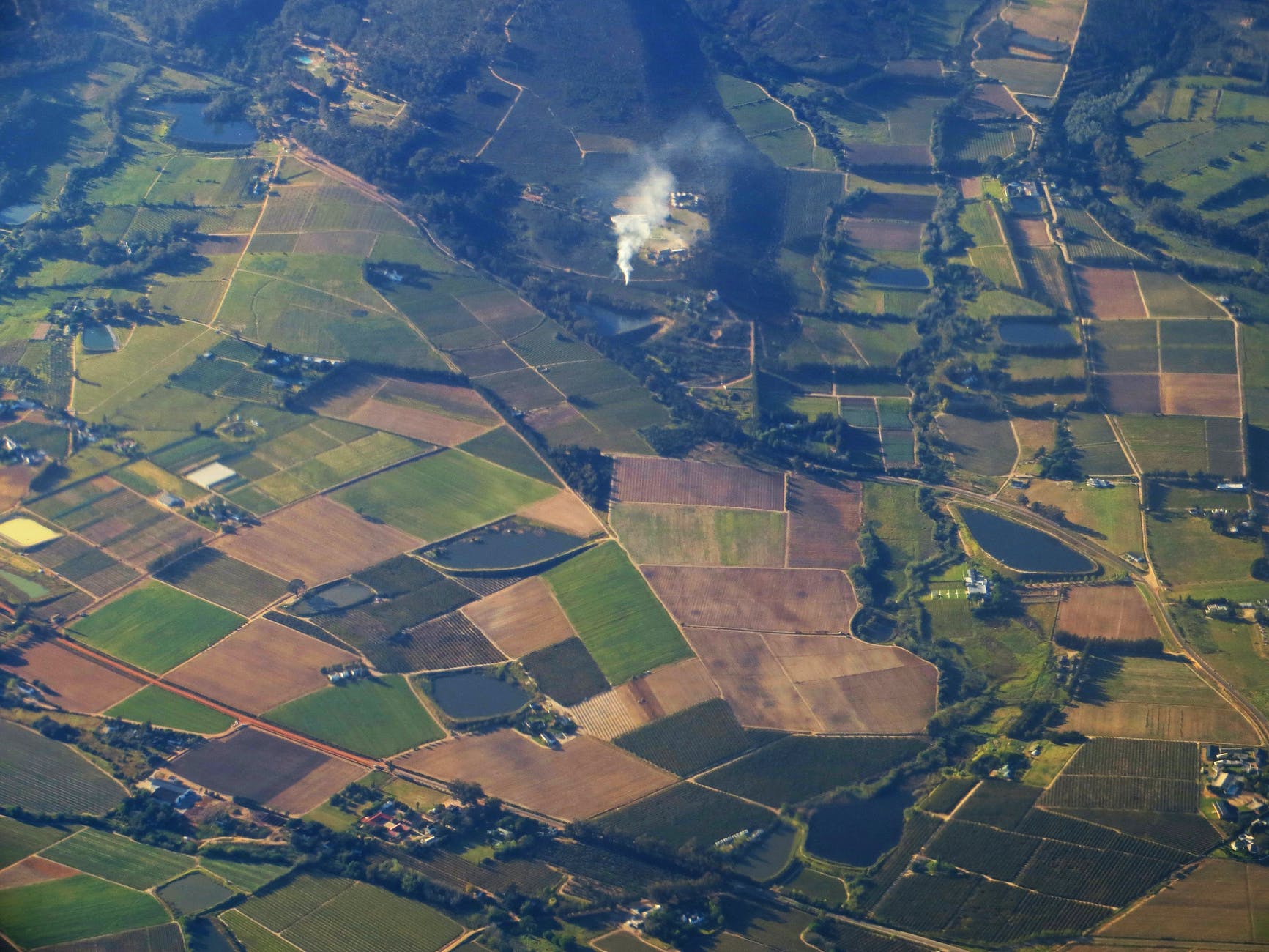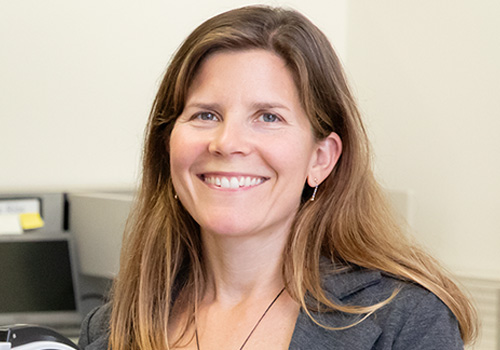Advancing Sustainable Agriculture
Advancing Sustainable Agriculture
This science team will develop an innovative high-resolution monitoring platform to maximize crop yield and minimize the environmental impacts of agriculture in Illinois and beyond.

Our ultimate goal is to enable sustainable, climate-smart agricultural management by revolutionizing large-scale soil and crop
monitoring. Our integrated framework leverages data and high-performance computing in a high-resolution yet scalable platform:

kaiyug@illinois.edu
University of Illinois at Urbana-Champaign: Blue Waters Associate Professor, Natural Resources and Environmental Sciences (NRES)

lisa.ainsworth@usda.gov
US Department of Agriculture: Research Leader, Global Change and Photosynthesis Research; University of Illinois at Urbana-Champaign, Adjunct Professor, Plant Biology and Crop Sciences

dskatz@illinois.edu
University of Illinois at Urbana-Champaign: Research Associate Professor, Computer Science & Electrical and Computer Engineering & School of Information Sciences

aschwing@illinois.edu
University of Illinois at Urbana-Champaign: Assistant Professor, Electrical and Computer Engineering & Computer Science

sheng12@illinois.edu
University of Illinois at Urbana-Champaign: Research Scientist, Institute for Sustainability, Energy, and Environment (iSEE)

aschwing@illinois.edu
University of Chicago: Professor, Computer Science; Argonne National Laboratory: Associate Laboratory Director, Computing, Environment and Life Sciences

chard@uchicago.edu
University of Chicago & Argonne National Laboratory: Research Assistant Professor, Computer Science

With the help of the Blue Waters Supercomputer at the National Center for Supercomputing Applications, PI Kaiyu Guan has been simulating crop yields on the county and national levels. A combination of seasonal climate prediction and crop growth information from satellite imagery improves upon the USDA’s real-time estimation.
Between capturing carbon, producing healthier soil or fighting soil erosion and weeds, cover crops have several proven growth and conservation benefits for farmers.
So why have only about 5 percent of Midwestern farmers adopted the practice — planting crops to cover the soil, not to sell after harvesting — according to 2017 USDA Census data?
It’s mainly economics, since the practice costs money, and the benefits to the soil take time to show up…
In early June, there were already murmurs of the grain market tightening, due to factors such as overseas demand for animal feed and challenging growing conditions in other markets. Accurate, geographically targeted production forecasts have long been the holy grail of grain buying for ethanol plant managers—they would make it possible to optimize the timing of grain purchases, armed with advance knowledge of production for a local draw area. The combination of data-rich remote sensing and new machine learning approaches is creating a revolution in yield forecasting, with accurate and scalable solutions. Directing these technology innovations to the ethanol industry can help ethanol plants survive and thrive based on the spread they are able to achieve when selling ethanol, relative to the cost of acquiring grain…
New research from the University of Illinois is urging scientists to redefine the term “drought,” specifically when it comes to crop-relevant drought in the U.S. corn belt.
“Plants have to balance water supply and demand. Both are extremely critical, but people overlook the demand side of the equation, especially in the U.S. Corn Belt,” said Kaiyu Guan, who is the principal investigator of two new studies on this subject, Blue Waters Professor in the Department of Natural Resources and Environmental Sciences and the National Center for Supercomputing Applications at the University of Illinois…
Welcome to the Cornbelt, the area of the Midwest where we live where corn and soybean are king.
That’s also where the co-founder of Aspiring Universe and University of Illinois professor Kaiyu Guan is working on something to benefit the surrounding farms.
“I would say this is a real perfect place for Aspiring Universe,” University of Illinois professor Kaiyu Guan said…
Aspiring Universe, a member of the University of Illinois Research Park, carries the mission of monitoring and predicting the performance of every acre of cropland on the planet, transforming the agriculture industry from passive observation to actionable insights, and eliminating the challenge of collecting information from 600 million farmers worldwide.
Ag Air Imaging is dedicated to providing manned aircraft aerial survey services for agricultural and environmental monitoring.
Parallel Works provides a platform for hosting and disseminating hybrid HPC workflow automation solutions on cloud and on-campus resources. The platform is accessible from “pane of glass” web interfaces, REST APIs, command line interfaces, and interactive Jupyter notebooks. It frees scientists to focus on their domains while providing a reliable, supported and productive user interface and experience for high performance computing.